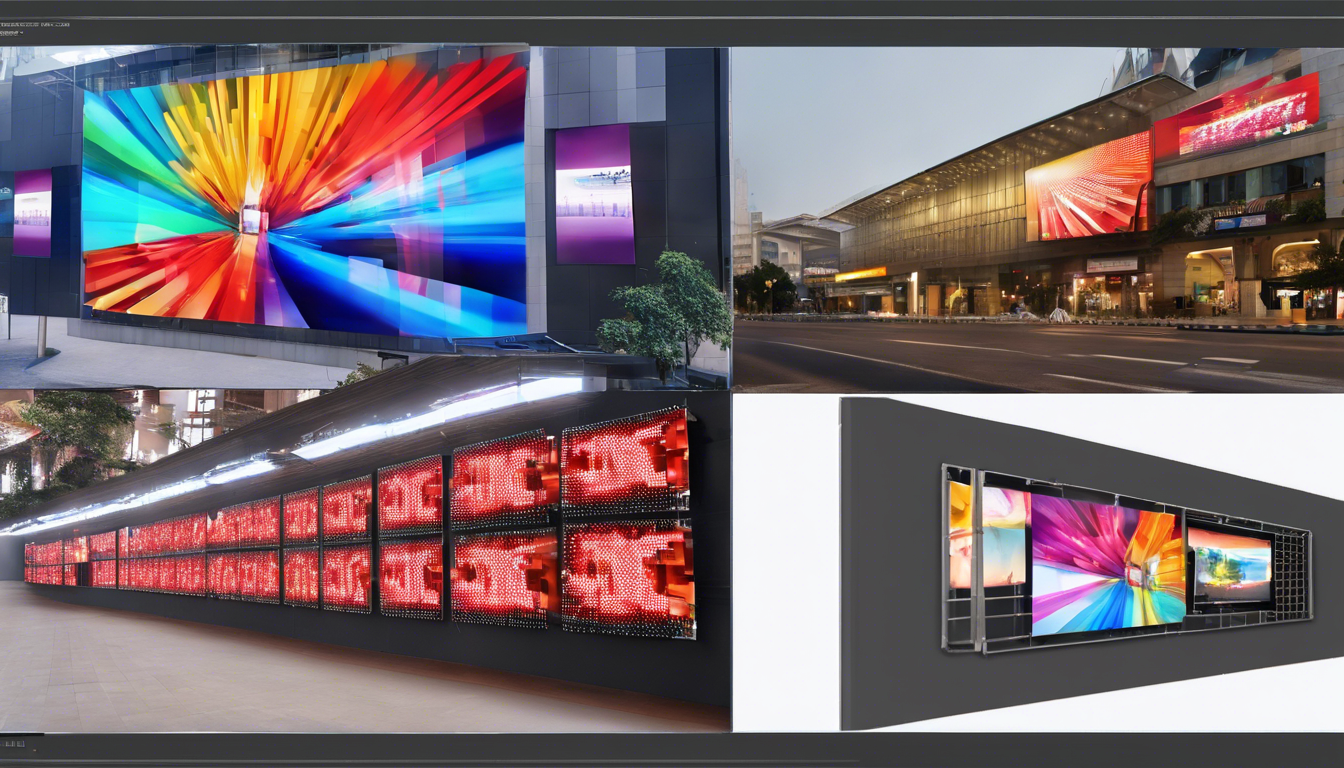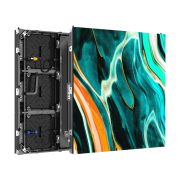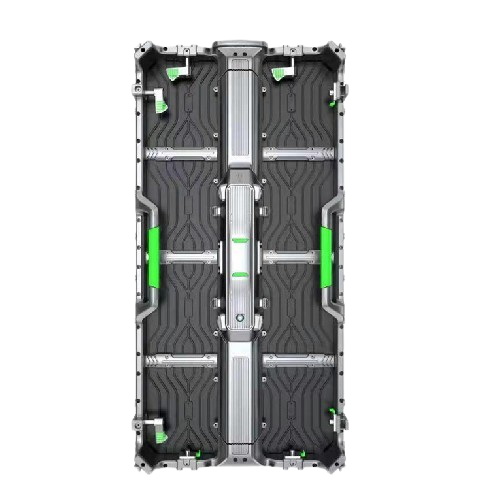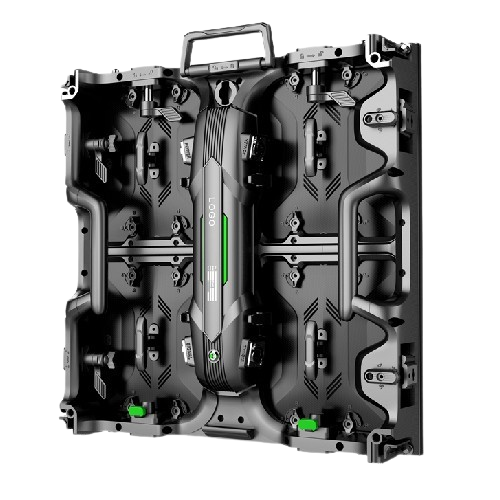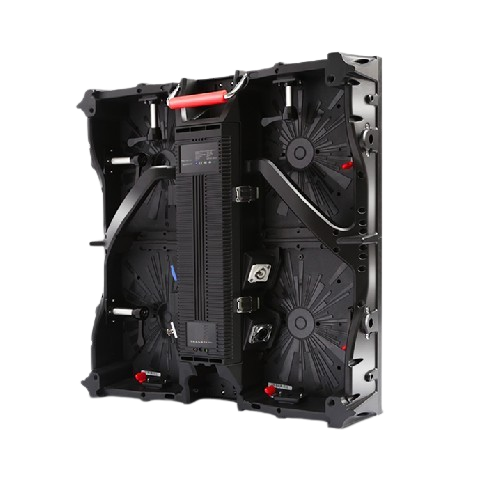Revolutionizing Visuals: A Comprehensive Guide to LED Display Screen Manufacture
Introduction to LED Display Screen Manufacturing
With the advent of digital technology, LED display screen manufacture has revolutionized the way we perceive visual content. From outdoor billboards to sports arenas, the applications of LED screens are vast and varied. This article delves deep into the intricate process of manufacturing LED display screens, elucidating every detail that ensures high-quality production.
What is an LED Display Screen?
Before diving into the manufacturing process, it’s pivotal to understand what an LED display screen is. LED stands for Light Emitting Diode, a semiconductor light source that emits light when current flows through it. LED display screens are popular for their bright, eye-catching visuals and energy-efficiency. Their applications are widespread, from advertising and broadcasting to sports and event management.
The Importance of LED Display Screen Manufacture
The meticulous process of manufacturing LED display screens is essential to ensure vivid, reliable, and durable displays. The quality of manufacture directly impacts the screen’s brightness, resolution, and lifespan.
Core Components of LED Display Screens
- LED Chips: The heart of the LED display, responsible for producing light.
- Driving Circuit: Controls the current flowing through the LEDs, ensuring optimal performance.
- Control System: Manages the input signal and coordinates it with the driving circuit.
- Module Board: The base that houses the LEDs and other electronic components.
- Cabinet: The protective enclosure that houses the module boards, ensuring durability and ease of installation.
Step-by-Step Guide to LED Display Screen Manufacture
1. Designing the LED Display Screen
The process begins with meticulous design planning. The design phase includes outlining the size, resolution, and type of LED screen based on the application. Advanced software tools are employed to create detailed schematics that guide the subsequent steps.
2. Sourcing High-Quality Materials
The quality of raw materials directly influences the final product. Hence, sourcing high-grade components, such as LED chips, circuit boards, and control systems, is pivotal. Collaboration with reputable suppliers ensures reliability and longevity of the display.
3. Assembling the LED Modules
The next step involves assembling the LED modules. This is a crucial phase where precision is paramount. The LED chips are affixed onto the module board using automated machines that ensure exact placement and secure attachment. Each module acts as a building block of the larger display.
4. Conducting Rigorous Testing
Post-assembly, each module undergoes rigorous testing to ensure optimal functionality. This includes color calibration, brightness testing, and durability checks. Automated testing systems detect any anomalies, ensuring only flawless modules progress to the next stage.
5. Module Integration
The tested modules are then integrated into larger display panels. This step requires precise alignment to ensure seamless visuals. Skilled technicians use specialized tools to connect the modules accurately, forming the complete display screen.
6. Control System Configuration
The control system is critical as it dictates the screen’s behavior. During this phase, the control system is configured to manage the input signals and coordinate them with the driving circuits. This ensures that the display renders visuals accurately and efficiently.
7. Final Assembly and Quality Assurance
The final assembly involves encasing the LED panels in robust cabinets, adding protection and facilitating installation. This stage also includes installing cooling systems to prevent overheating. Comprehensive quality assurance tests are conducted to validate performance and durability.
Innovations in LED Display Screen Manufacture
As technology advances, manufacturers continually innovate to enhance LED display screens. Recent advancements include:
- Micro-LED Technology: Offering higher resolution and better contrast by reducing the size of LED chips.
- Flexible LED Screens: Allowing for creative applications such as curved and foldable displays.
- Energy-Efficient LEDs: Reducing power consumption while maintaining high brightness levels.
- Advanced Color Calibration: Ensuring accurate and consistent color reproduction across the display.
Applications of LED Display Screens
LED display screens are versatile and find applications across various industries:
- Advertising: Dynamic and engaging visuals for outdoor and indoor advertisements.
- Sports: Large screens for live broadcasts and scoreboards in stadiums and arenas.
- Event Management: Eye-catching displays for concerts, conferences, and exhibitions.
- Broadcasting: High-definition screens for TV studios and control rooms.
- Retail: Attractive displays for stores and shopping malls to enhance customer engagement.
Challenges in LED Display Screen Manufacture
Despite the advancements, manufacturers face several challenges:
- Cost of Materials: High-quality components can be expensive, impacting overall production costs.
- Technological Complexity: Ensuring compatibility and optimal performance requires advanced engineering skills.
- Heat Management: Keeping the screens cool to prevent damage and ensure longevity.
- Market Competition: Staying ahead of competitors by continuously innovating and improving product quality.
Future of LED Display Screen Manufacturing
The future of LED display screen manufacture looks promising with ongoing research and development. Potential future trends include:
- Integration with AI: Using artificial intelligence for smarter, more responsive displays.
- Enhanced Interactivity: Incorporating touch and gesture-based controls.
- Ultra-Fine Pixel Pitch: Achieving higher resolutions for an even clearer viewing experience.
- Sustainable Manufacturing: Using eco-friendly materials and processes to reduce environmental impact.
Conclusion
Understanding the complexities of LED display screen manufacture unveils the meticulous craftsmanship required to create these visual masterpieces. From design and material sourcing to assembly and quality assurance, each step is crucial in producing high-quality LEDs that transform our visual experience. As technology evolves, the future holds even greater potential for innovation and application in LED display screens.

